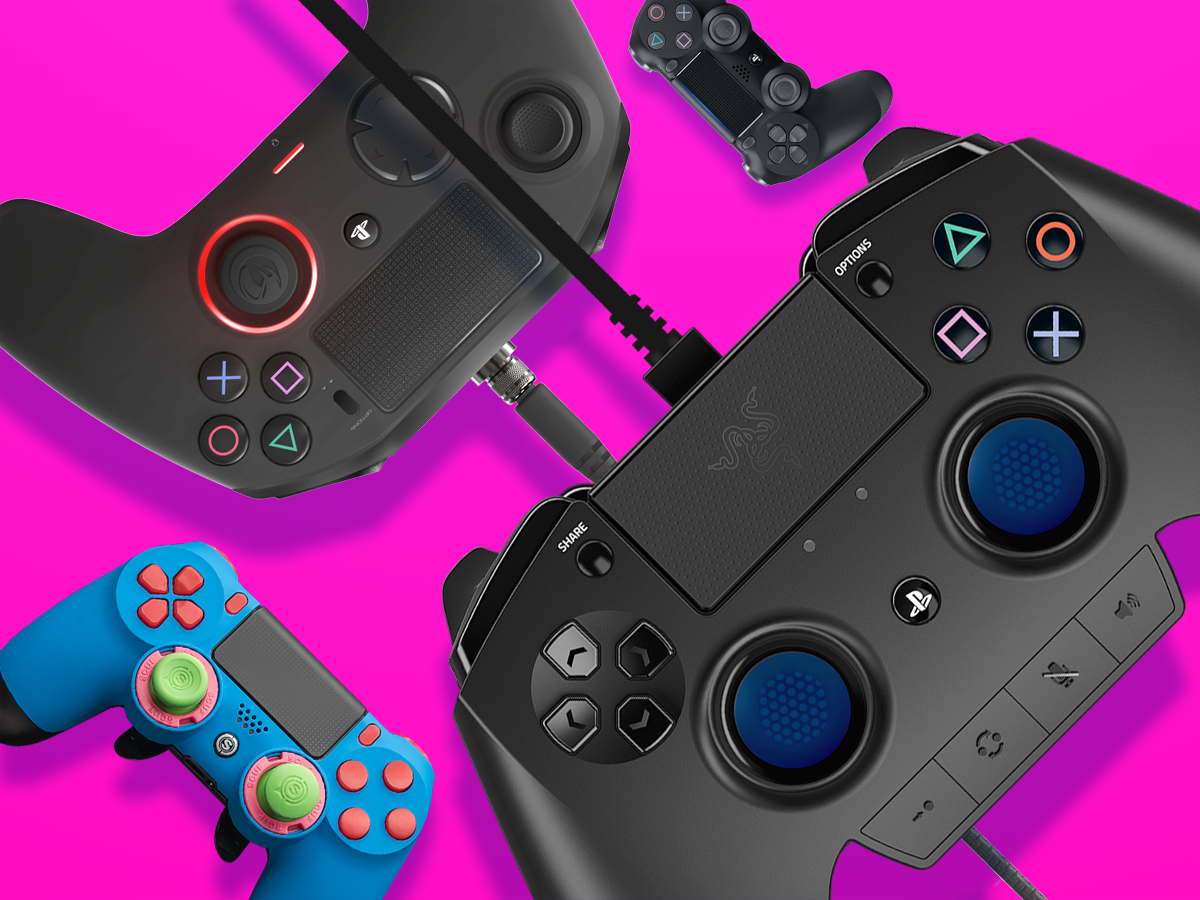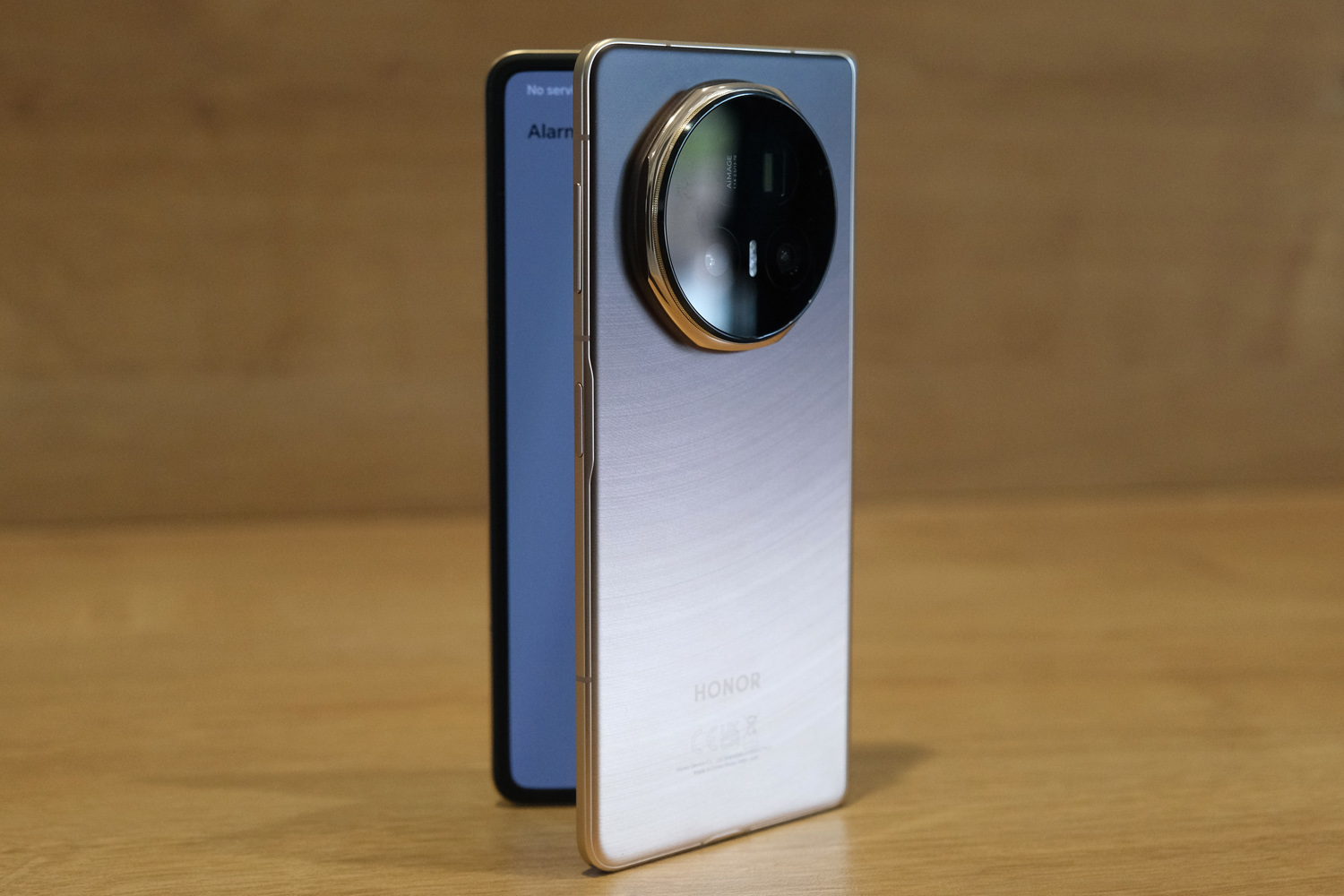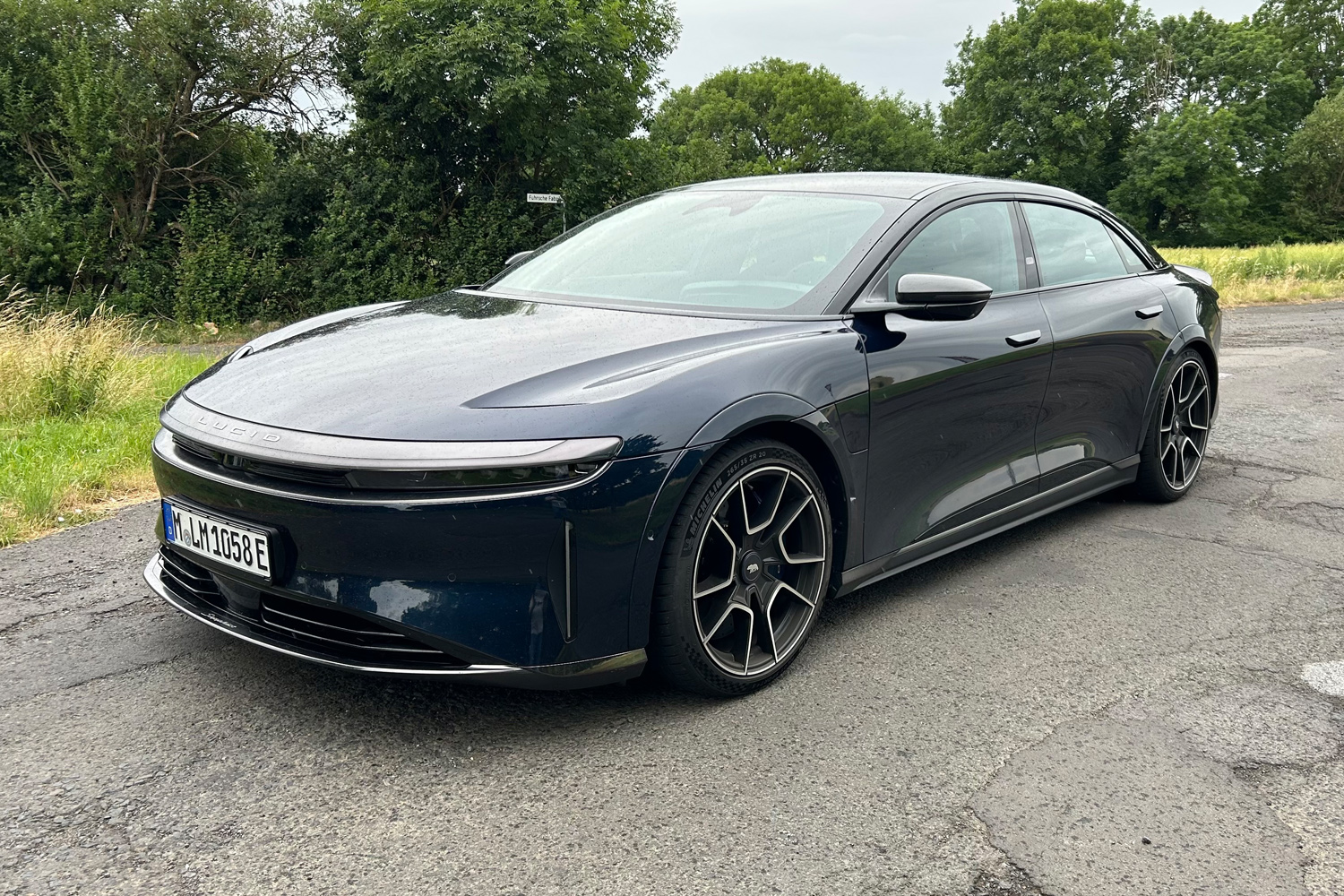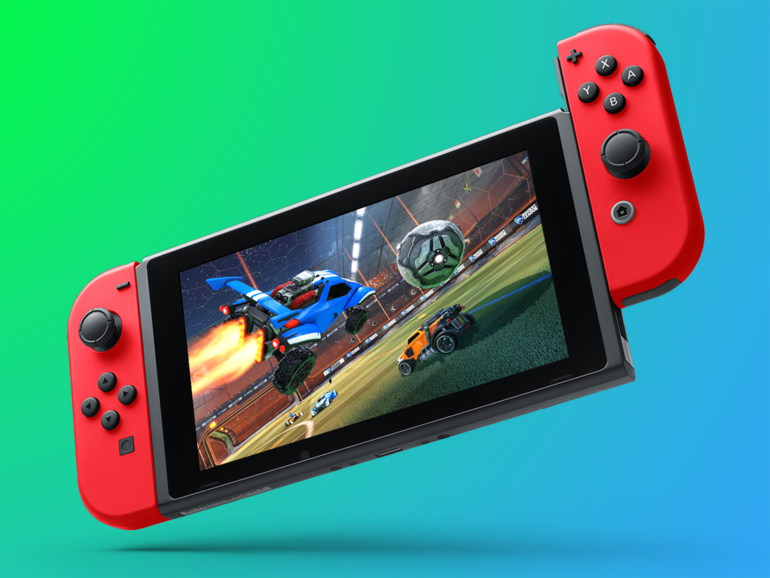It takes a lot more than sensors with sky-high pixel counts to make a class-leading camera phone. The right image processing algorithms can lift one flagship above the competition – which is why most brands keep their software smarts under lock and key. So when OnePlus offered to show me around one of its camera tuning facilities, it was as rare opportunity to see what goes into the firm’s secret snapper sauce.
Something is clearly working, as OnePlus has come on leaps and bounds in the photography department in a relatively short period. In three years we’ve gone from the OnePlus 10 Pro – an also-ran in low light – to the OnePlus 13, an ace all-rounder in all conditions. The firm’s photography lab Guangdong, China, almost certainly played a part in that.
There’s a lot more going on here than walls filled with test charts. Beyond the rather unassuming exterior lies a maze of rooms, outfitted to replicate some of the most common phone photography scenarios. There’s a family dining room, complete with platters of convincing-looking fake food; a convenience store with fully stocked shelves; a karaoke club compete with disco ball and neon lighting; a European-style hotel bar lined with half-finished drinks; and even a fast food restaurant ‘selling’ OnePlus-branded meal deals.

Outside in a sweltering sunroom, artificial trees of all shades to test different seasons. All had fully customisable lighting that could be set for different colour temperatures and brightness levels, for both well-and dimly-lit tests. The attention to detail was really quite impressive, with an extensive selection of bottles in the bar scene and a full concession counter’s worth of makeup in the cosmetics store.
Most rooms had at least one mannequin, appropriately dressed, to save staff members having to pose for thousands of sample shots every day. I’m glad I was there for the daytime testing, and part of a group; that one Doctor Who episode still makes me wary of shop window dummies. The one in the faux KFC outlet wore one of the most baffling, possibly AI-generated sweatshirts I’ve ever seen in my life. The mishmash of words on the wall gets a pass, though; I could genuinely see this in one of those “so similar yet not actually copyright infringing” restaurants found in most inner cities here in the West.
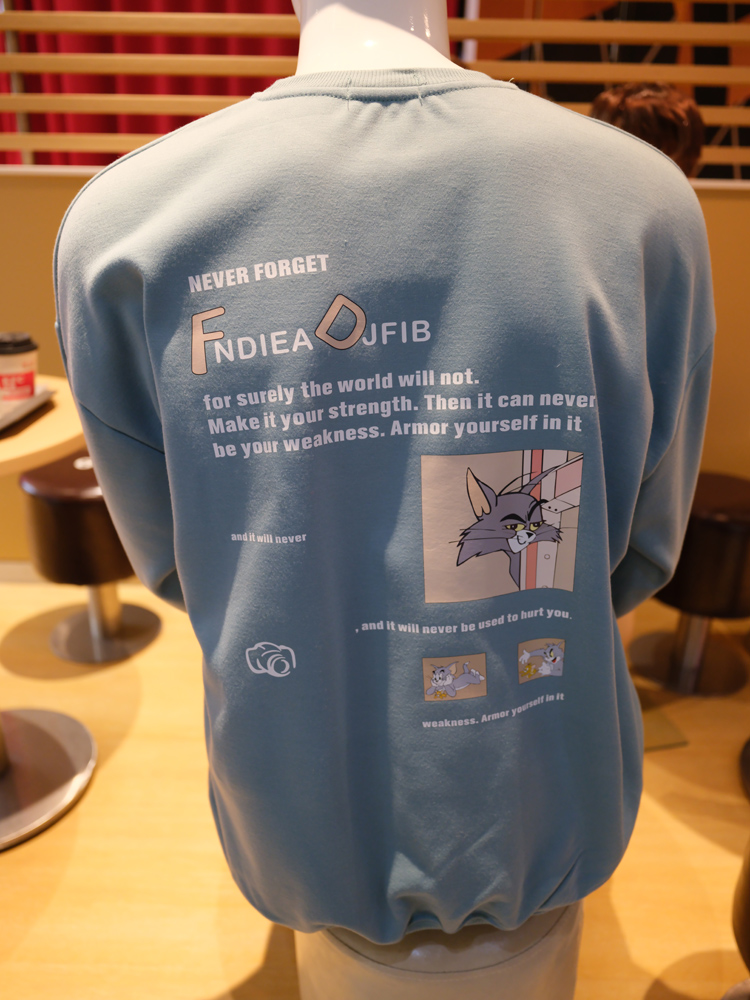

The setup makes sense; it’s a lot easier to keep a new device under wraps here, rather than an army of phone photographers descending on local restaurants and branches of 7-eleven to take sample shots every time OnePlus has a new phone in the works. A lot less annoying for the locals, too, I bet.
It’s not like OnePlus needs an army to run the lab, either. The actual photography is handled by a small fleet of robots, which follow markers on the floor and articulate their arms to specific positions for perfect repetition – which is crucial for comparing between rounds of software tweaks.
They filter silently in and out of a behind-the-scenes room containing racks of phones mounted in rigs, ready for swapping once the current circuit had completed. There was a OnePlus 13 being used for our demos, so unfortunately I wasn’t getting a sneak preview of any upcoming devices – though given the timing of my visit, the OnePlus 13T likely filtered through only recently.
Each device goes through 150 rounds of photo taking, taking around half a day apiece. That’s over 75,000 photos, which get assessed for brightness, contrast and sharpness. It doesn’t stop when the phone hits store shelves, either; any time you get a software update with “camera improvements”, it’ll be because your phone went through extra rounds of testing and tuning.
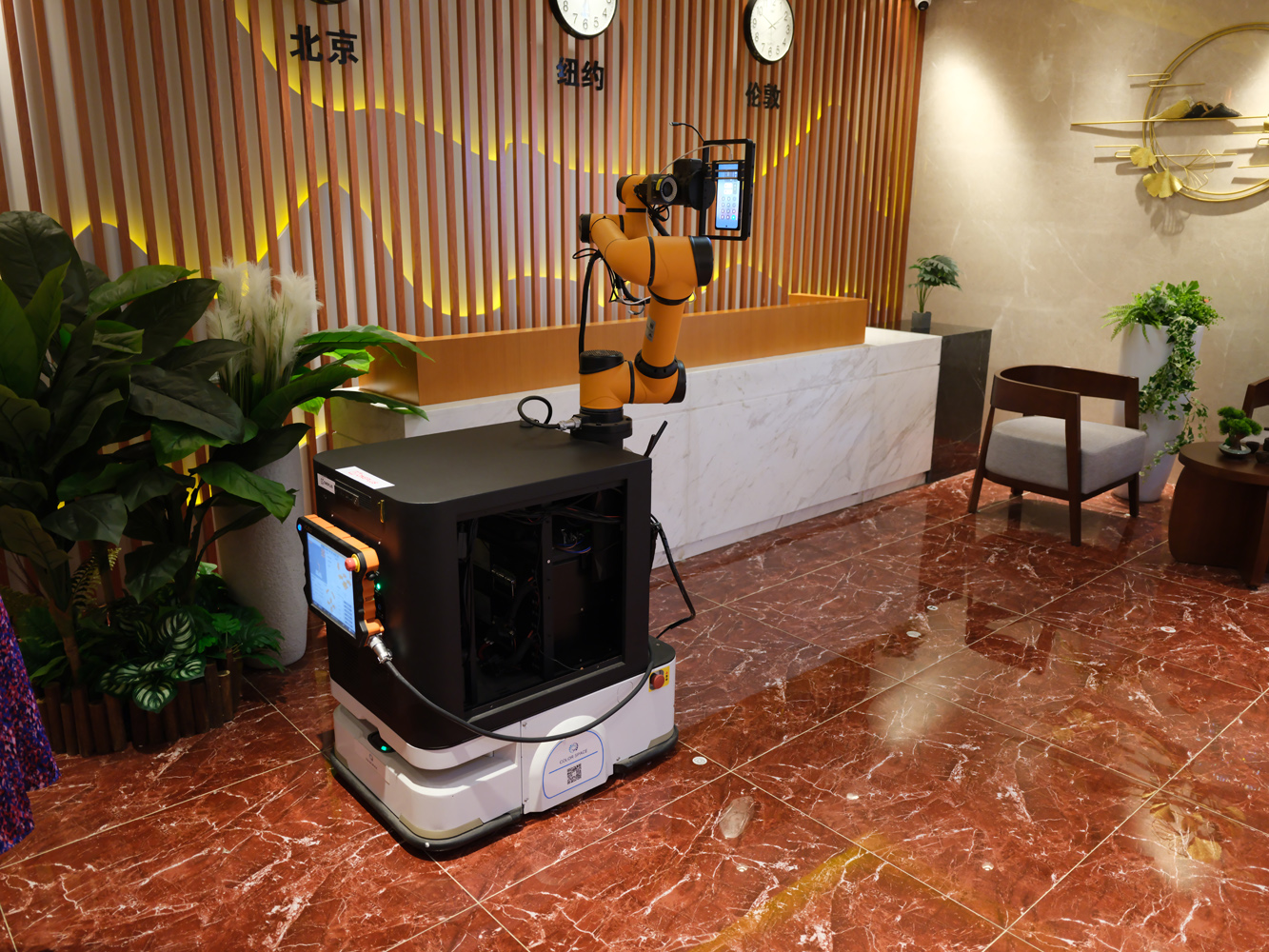

The last step in the process was a visit to two convincing-looking mannequin heads, for portrait and selfie practice. Interestingly the one intended for the front camera was a lot less realistic than the one for the rear portraits.
The image processing team work on the collected data in a separate work space, one that likely looks a lot more like a typical office environment. At some point camera partner Hasselblad also has a say, largely on colour tuning. Once the final software tune has been signed off, it gets rolled into the software you see when you unbox your shiny new OnePlus phone.
I’ve been on similar factory tours in the past that focused purely on test cards and analytical image processing; it seems putting more emphasis on ‘real-world’ scenes and creating a huge set of sample photos is what has helped OnePlus’ phone cameras stand out that little bit more than in previous years. Which, given the pricing means they’re still deserving of their “flagship killer” moniker, is a sterling effort all round.

